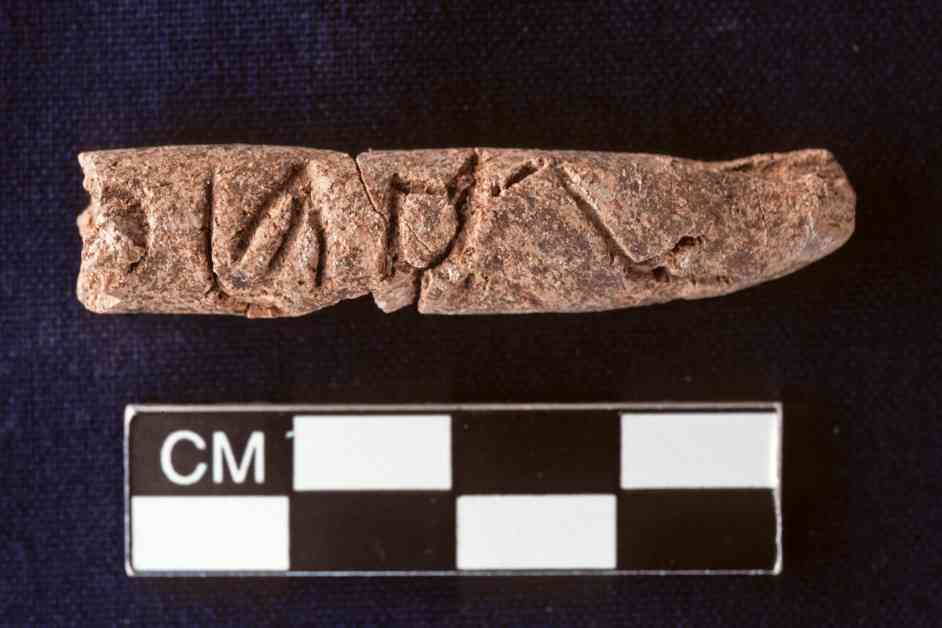Archaeologists have made a groundbreaking discovery in northern Syria, unearthing what appears to be the oldest example of alphabetic writing ever found. The finding, a small clay cylinder from a tomb in Umm el-Marra, dates back nearly 4,500 years and is engraved with the word “silanu.” This discovery challenges previous beliefs about the origins of the alphabet, suggesting that people in the Near East experimented with hieroglyph-derived letters much earlier than previously thought.
The clay cylinders, first discovered in 2004, were recently described by archaeologist Glenn Schwartz in an Italian journal. Despite initial caution in interpreting the inscriptions as alphabetic letters, Schwartz presented a more confident analysis at a recent conference. While some researchers await more evidence to confirm that the inscriptions represent an alphabet, others are convinced that this discovery is indeed a significant milestone in the history of writing.
Silvia Ferrara, a researcher in early languages, describes the discovery as “easy-peasy,” noting the similarities between the letters on the clay seals and other early alphabetic writings. Christopher Rollston, a professor of biblical and Near Eastern languages, also sees a clear parallel in the morphology of the letters. This finding not only sheds light on the development of the alphabet but also challenges previous assumptions about the cultural exchanges that took place in the ancient world.
The implications of this discovery are far-reaching, as it suggests that the origins of the alphabet may be more complex and widespread than previously believed. The intricate trade networks of ancient civilizations like Egypt and Syria likely facilitated the spread of writing systems across different regions. This finding underscores the interconnectedness of ancient societies and the cultural exchange that occurred through trade and communication.
As researchers continue to analyze and interpret these ancient inscriptions, more insights into the evolution of writing systems are expected to emerge. The significance of this discovery lies not only in its historical importance but also in its potential to reshape our understanding of how writing developed in the ancient world. Through ongoing research and collaboration, scholars aim to unlock the secrets of these ancient alphabetic writings and gain a deeper insight into the origins of written language.










